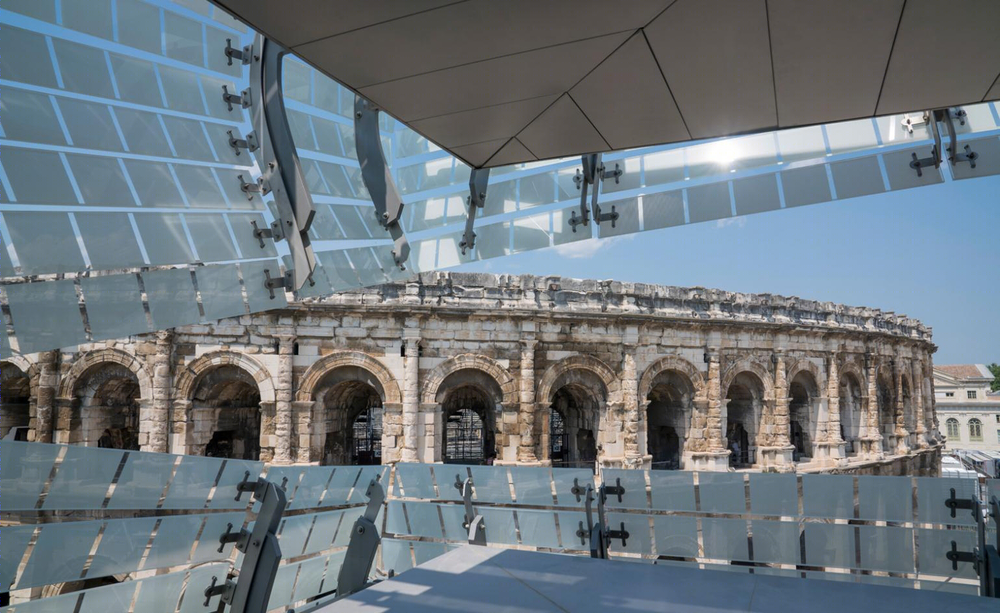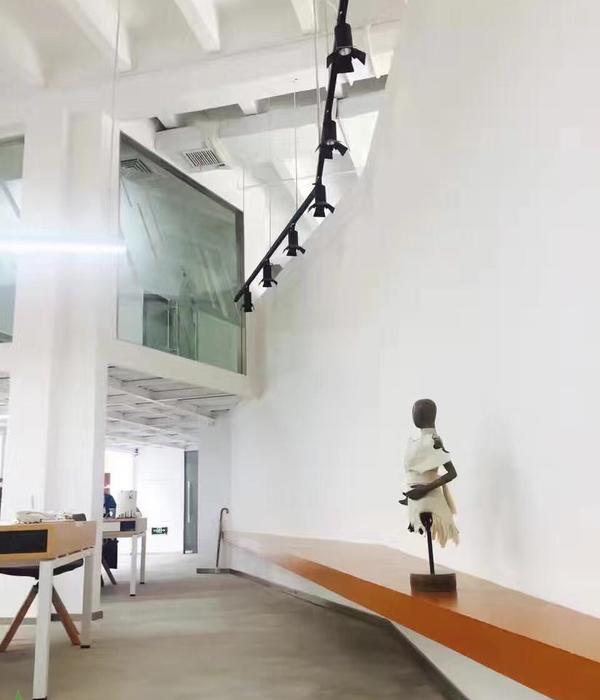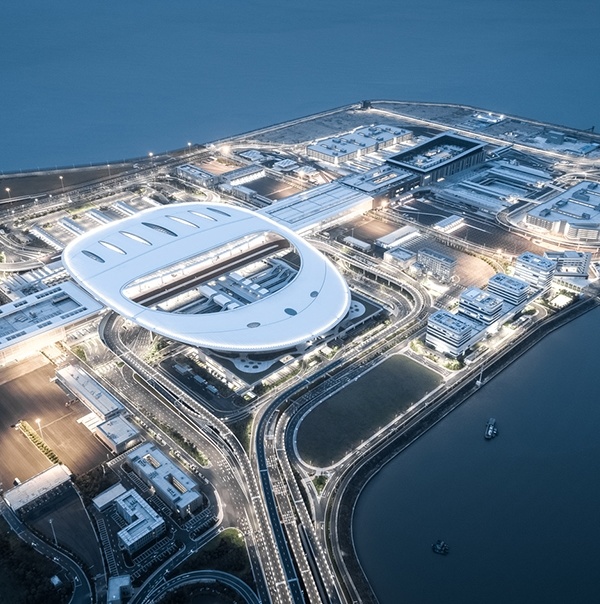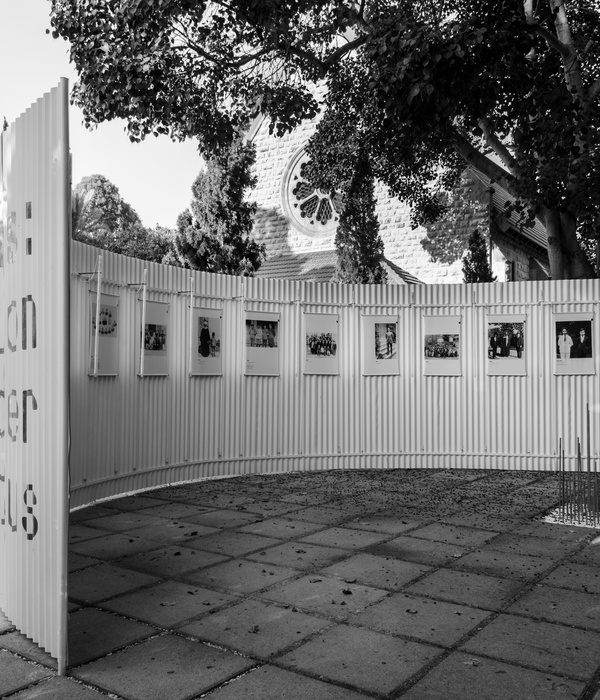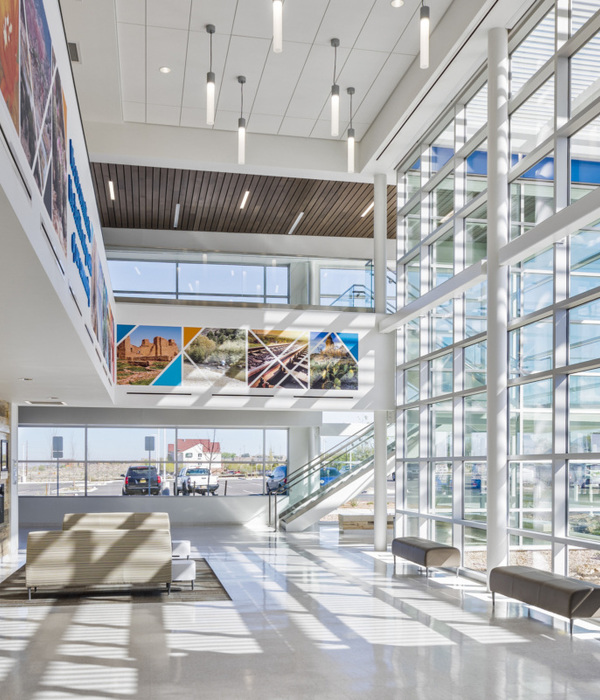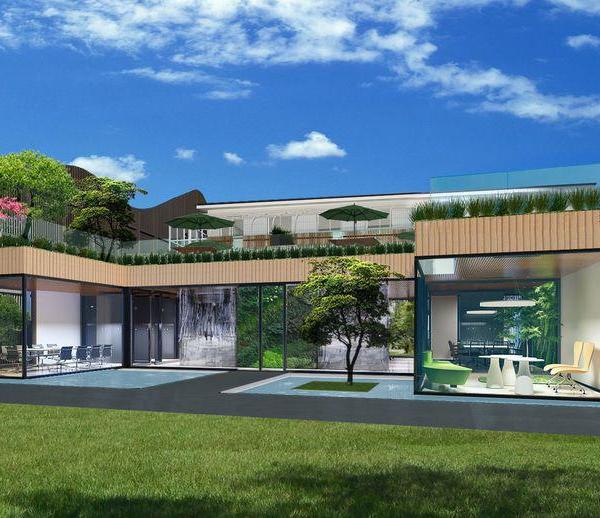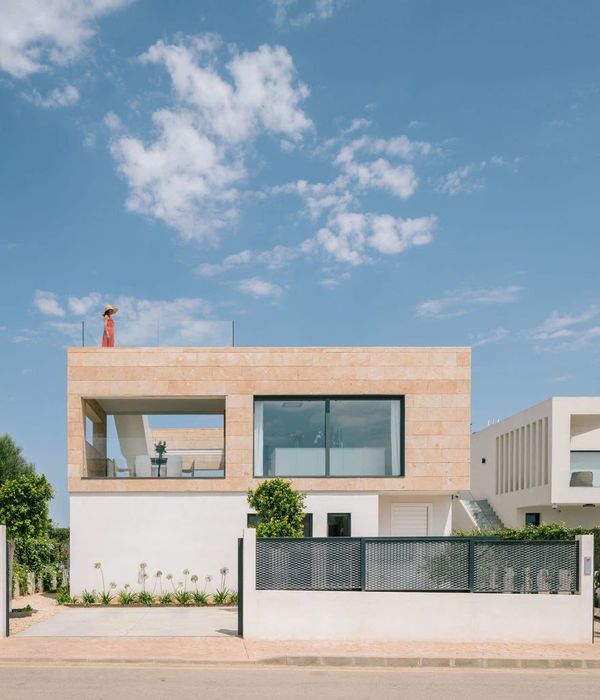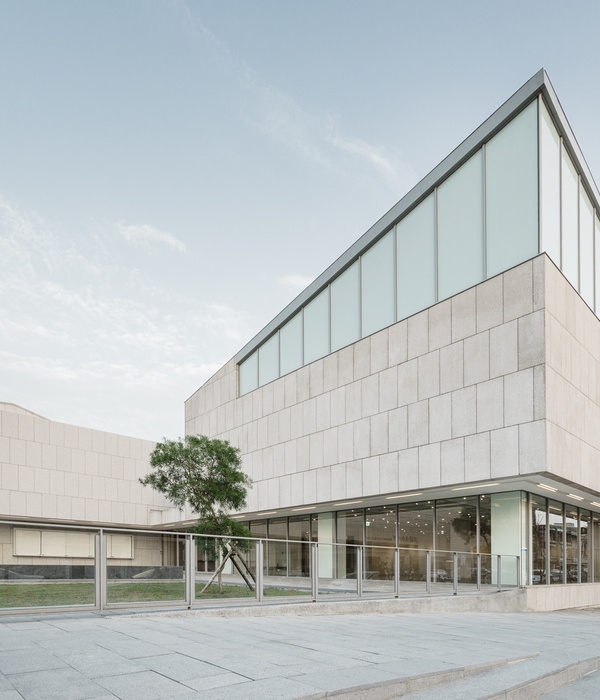嵌于历史中心的现代博物馆 | Elizabeth de Portzamparc 的罗马艺术之旅
Elizabeth de Portzamparc’s Musée de la Romanité Museography in Nîmes, France. Photography: Wade Zimmerman
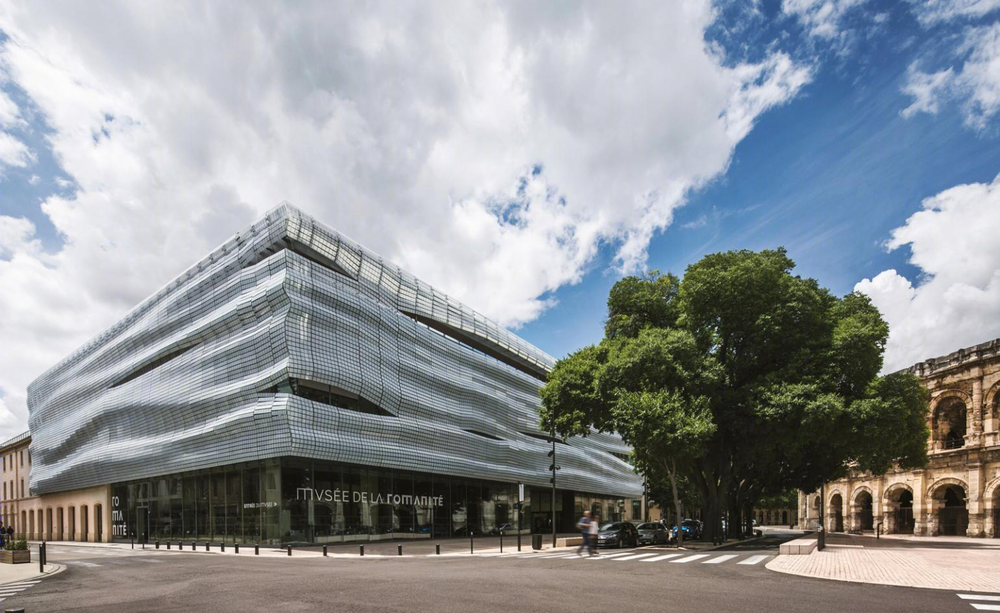
In the French city of Nîmes, Elizabeth de Portzamparc’s Musée de la Romanité Museography is a contemporary building settled within a layered, historic city centre. Straddling the ruins of the Roman Amphitheatre, the building is a gateway through its ground floor museum arcade and soaring atrium, and a lens for the surrounding architecture with its roof terrace and glazed facades.
在法国的恩赫姆斯市,伊丽莎白·德波特赞帕罗(ElizabethdePortzamarc)的MussinedelaRomanitinouseum是一个在一个分层的历史城市中心定居的现代建筑。这座建筑横跨罗马双剧院的废墟,通过它的一楼博物馆拱廊和高耸的心房,以及一个围绕建筑的镜头,有屋顶露台和玻璃外墙。
When architect de Portzamparc entered the competition for the design, which was awarded in 2012, her intention was for the museum to complement the existing architecture and urban fabric of the city, not to compete with it. The façade, made of a translucent skin of screen-printed glass plates, creates a reflective mosaic that balances the heavy stone amphitheatre opposite.
当建筑师de Portzamparc参加2012年获奖的设计竞赛时,她的意图是让博物馆补充城市现有的建筑和城市结构,而不是与之竞争。由半透明的丝网印刷玻璃板制成的外墙,创造了一个反光马赛克,平衡着对面沉重的石头圆形剧场。
Interior circulation through the museum. Photography: Wade Zimmerman
博物馆内部流通。摄影:韦德·齐默尔曼
The building takes the form of an urban promenade, defined by a series of openings and framed views. A public interior street based upon the route of an ancient Augustan rampart guides people through the museum, linking up to the amphitheatre plaza and an archaeological garden.
这座建筑采用城市步行街的形式,由一系列的开口和框架景观构成。一条基于古代奥古斯都城墙路线的公共室内街道引导人们穿过博物馆,连接到圆形剧场广场和一个考古花园。
This pathway is entirely transparent so the public can explore the site visually and the collection on display on their way through. The 17m-high atrium frames a fragment of the propylaea of the Sanctuary of the Fountain within a reconstitution of the sacred site that dates to the foundation of the pre-Roman city.
这条通道是完全透明的,这样公众就可以在浏览现场的过程中看到现场和展出的藏品。17m高的中庭是喷泉保护区普罗皮拉亚的一个碎片,位于罗马前城市基础上的圣地的重建中。
Also along this route, visitors will find the bookstore, café and the restaurant, La table du 2, from chef Franck Putelat, who earned two Michelin stars for Le Parc in Carcassonne.
同样在这条路上,游客们会发现书店、咖啡厅和餐厅La table du 2,主厨Franck Putelat为卡尔卡松的Le Parc赢得了两颗米其林星。
The galleries follow a similarly urban style plan, with squares and circulation spaces that connect like a series of streets, holding around 5,000 pieces dating from the 7th century B.C. to the 19th century.
画廊遵循类似的城市风格规划,广场和流通空间连接起来就像一系列街道,收藏着大约5,000件作品,可追溯到公元前7世纪至19世纪。
The contemporary architecture meets the Roman amphitheatre. Photography: Stéphane Ramillon
当代建筑与罗马圆形剧场相遇。摄影:Stéphane Ramillon
The journey is completed with a green roof terrace, designed by de Portzamparc after her initial competition entry, to open up further views over Nîmes with the amphitheatre in the foreground and the Magne Tower, dating from the city’s founding, in the distance.
旅程的终点是一个绿色屋顶露台,由德·波尔赞帕克(De Portzamparc)设计,在她的首次参赛作品中,以前景中的圆形剧场和远距离创建的马格纳大厦(Magne Tower),为N mes提供更多的视野。
Back down at ground level, the 3,500 sq m archaeological garden imagined by Régis Guignard is designed around three periods of history – Gallic, Roman and medieval – to create a ‘green museum’ connecting to the Roman wall and other historical vestiges, further embedding the contemporary museum into its site. §
回到地面,雷吉斯·吉格纳德(Régis Guignard)设想的3500平方米的考古花园是围绕三个历史时期设计的-高卢、罗马和中世纪-创建一个“绿色博物馆”,连接罗马城墙和其他历史遗迹,进一步将当代博物馆嵌入其遗址。§
摄影:Nicolas Borel摄影:Nicolas Borel

摄影:塞尔吉·乌沃伊摄影:塞尔吉·乌沃伊

摄影:韦德·齐默曼摄影:韦德·齐默尔曼
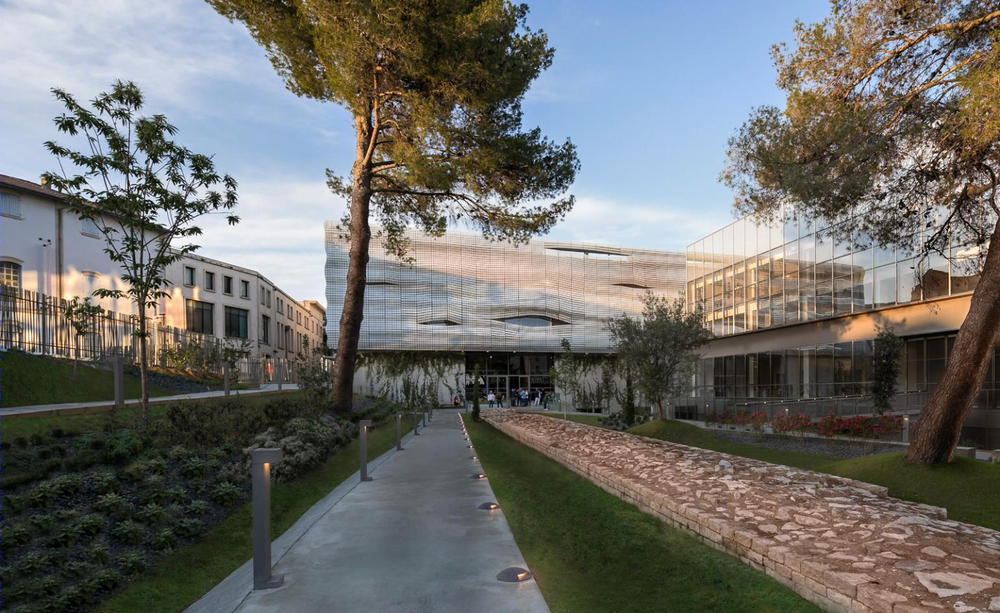
摄影:Sergio Grazia摄影:Sergio Grazia
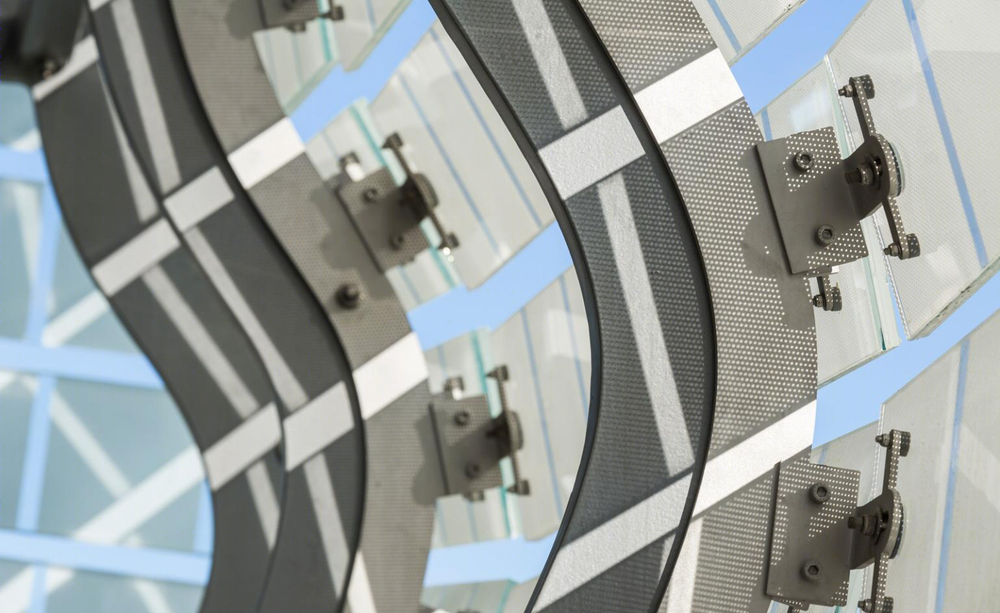
摄影:塞尔吉·乌沃伊摄影:塞尔吉·乌沃伊
